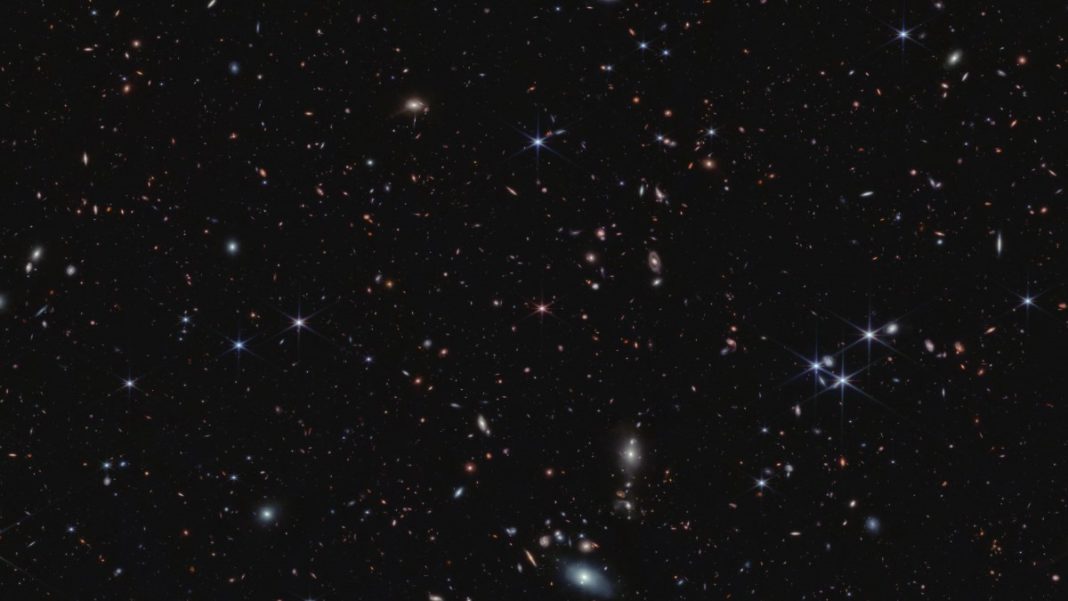INDIA: The nature of what we can see in the cosmos poses a mind-boggling puzzle known as the “Horizon Paradox.” In recent years, scientists have delved into this perplexing enigma, striving to unravel its secrets and shed light on the fundamental workings of our universe.
The Horizon Paradox centres around a fundamental question: How can the observable universe appear uniform and isotropic when light from different regions of space could not have reached one another within the age of the universe?
In other words, if the universe is approximately 13.8 billion years old, how can regions on opposite ends of the visible cosmos exhibit similar characteristics and a remarkable degree of uniformity?
To understand this paradox, we must delve into the universe’s early moments, particularly the cosmic inflationary epoch. According to the prevailing theory, shortly after the Big Bang, the universe expanded rapidly to unimaginable sizes in a fraction of a second.
This rapid expansion is believed to have smoothed out the initial irregularities and established a high level of homogeneity in the cosmos. However, the cosmic causality concept is the key to unravelling the Horizon Paradox.
Since information and light cannot travel faster than the speed of light, the observable universe is limited to a sphere, often referred to as the cosmic horizon, with a radius equal to the distance light can travel within the age of the universe.
Within this cosmic horizon, light from distant regions has had sufficient time to reach us, allowing us to observe those regions. However, beyond the cosmic horizon, there are regions of space that lie beyond our reach due to the limitations imposed by the finite speed of light.
At first glance, it may seem that the cosmic horizon would result in an observable universe that is patchy and lacking in uniformity. But astonishingly, precise measurements and observations have consistently revealed a striking uniformity on large scales. The presence of this uniformity poses a challenge to our understanding of the Horizon Paradox.
To reconcile this paradox, scientists have proposed various explanations. One intriguing possibility lies in the early period of cosmic inflation.
During this phase, the rapid expansion may have established homogeneity across regions that were once nearby but are now outside the cosmic horizon.
Another explanation revolves around the concept of quantum entanglement. Quantum entanglement allows the connection of particles such that their properties remain intertwined, regardless of the distance between them.
Some scientists propose that quantum entanglement could extend beyond the cosmic horizon, linking distant regions and maintaining their uniformity.
Furthermore, cosmological models that involve the existence of exotic particles, such as cosmic strings or primordial magnetic fields, have been put forward to explain the uniformity observed in the cosmos.
While the Horizon Paradox continues to challenge scientists, recent advancements in observational techniques and theoretical models have offered promising avenues for further exploration.
Sophisticated telescopes, such as the Hubble Space Telescope and the upcoming James Webb Space Telescope, provide unprecedented views of distant galaxies and help refine our understanding of the universe’s large-scale structure.
Additionally, high-precision measurements of the cosmic microwave background radiation, the Big Bang’s faint afterglow, offer valuable insights into the early universe and its potential role in resolving the Horizon Paradox.
Solving the Horizon Paradox will deepen our understanding of the universe’s origins and provide a glimpse into the fundamental workings of space, time, and the fabric of reality.
Also Read: The Vacuum Catastrophe Paradox: Unravelling the Mystery of Empty Space



